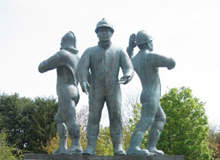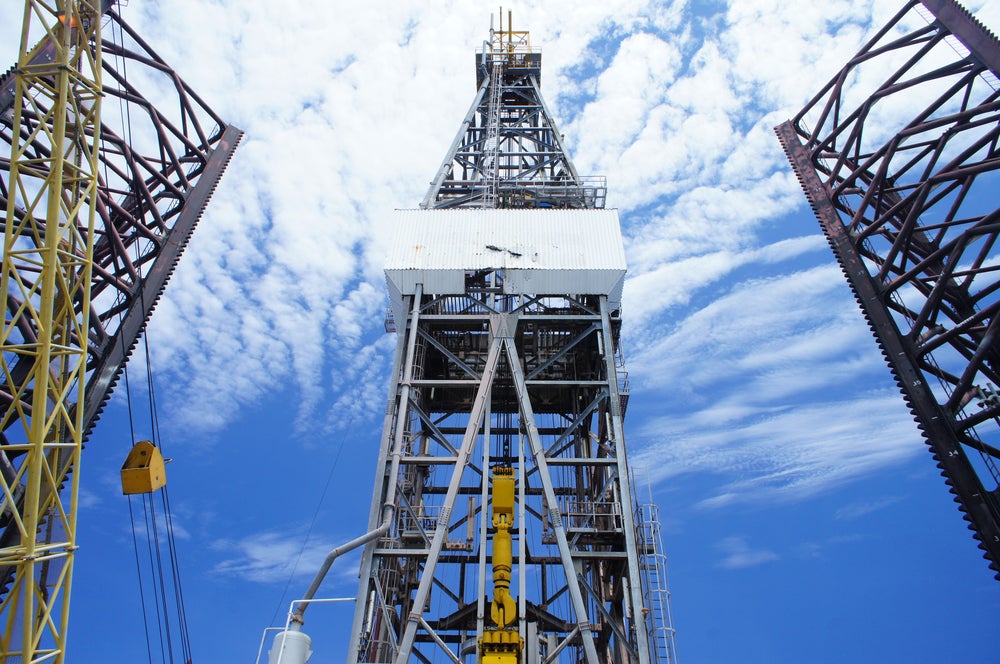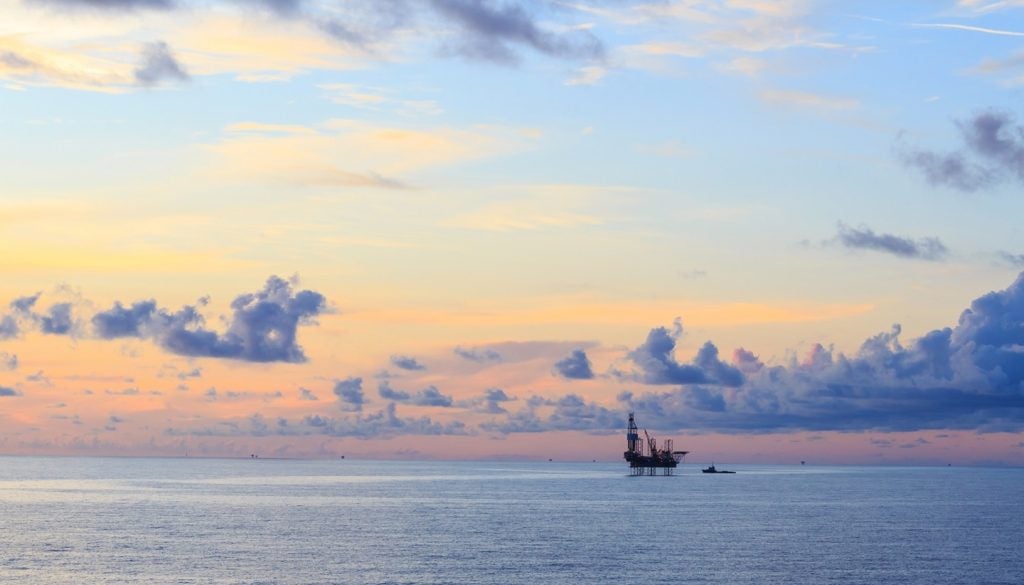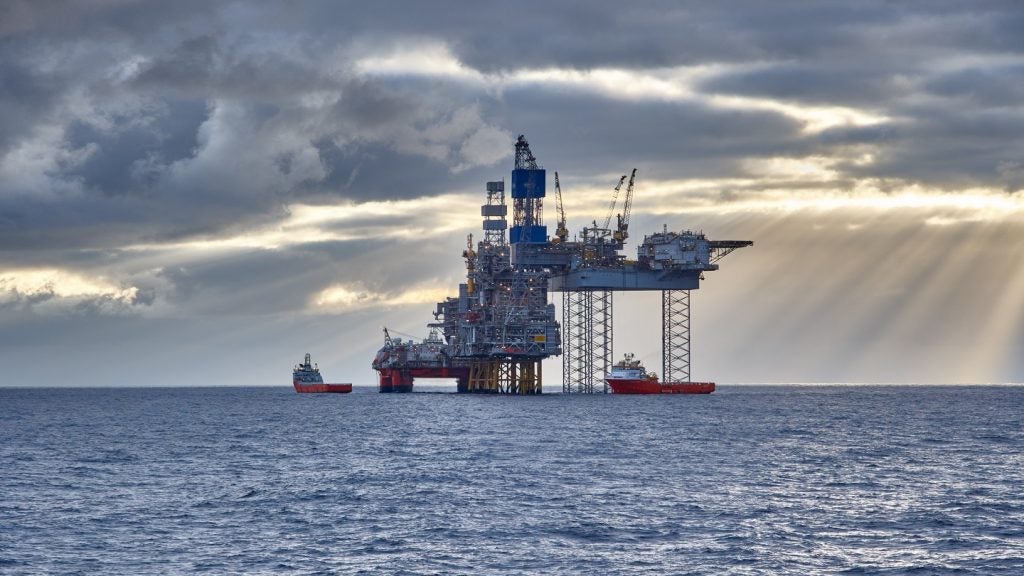
From blowouts to blowups the risks to oil and gas platforms are as many and varied as the practices and technologies used to avert and contain them. These dramatic structures jutting proudly from the sea are vital assets for the offshore oil and gas industry, built to facilitate the provision of these economy-lubricating commodities. So it is vital that all measures are taken to prevent the dangerous, destructive accidents which have occurred to rigs in the past.
The most well-known, the disaster on the Piper Alpha, when an explosion ripped through an oil platform in the North Sea in 1988 resulting in 167 fatalities and millions of pounds worth of damage is an event seared on the industry’s memory. So much so, in fact, that according to Graham Dalzell of TBSCubed the changes introduced in the UK in the wake of Piper Alpha has rendered it the world-leader in offshore oil and gas fire and safety management.
“The UK is years ahead of the world in this area,” he explained. “It has the best processes and systems for managing risk anywhere, in fact, people from overseas come to the UK to learn from it. If anything, sometimes we make risk management too complicated here.
“Nonetheless, the industry is not free from a spread of risks, which range from the small and rare to the large and frequent.”
DISASTER BLOWOUTS
See Also:
A major risk in new rigs is ‘blowout’, where the high pressure in the reservoir is not kept under control, causing the oil to gush out, rather like champagne from a shaken bottle. If it is then ignited it burns as a prolonged fire. This can occur when exploring for oil.
How well do you really know your competitors?
Access the most comprehensive Company Profiles on the market, powered by GlobalData. Save hours of research. Gain competitive edge.

Thank you!
Your download email will arrive shortly
Not ready to buy yet? Download a free sample
We are confident about the unique quality of our Company Profiles. However, we want you to make the most beneficial decision for your business, so we offer a free sample that you can download by submitting the below form
By GlobalDataA workover or wellservice blowout, which if occurring low down the bottom of a platform, can see oil hit the ceiling with flames extending out to the sides and end of the platform. This can lead to structural damage of the heavy drill rigs located above the wells which then come crashing down.
There are also risks during processing, of oil or gas fires, or gas or condensate explosions. Under high pressure, oil burns and sprays like a flame thrower, whereas under low pressure it burns off as a pool.
Gas fires tend to be very hot but of moderate size and duration thanks to moderate inventory, whereas oil fires, sitting in larger inventories can be so big that they fill the module with flame, causing large quantities of external flaming.
The Piper Alpha disaster saw external flaming for around half an hour, which was very big relative to the size of the platform. The platform was totally engulfed in smoke, which fatally incapacitated so many of the people on board.
UNDERSTANDING RISK
Dalzell stresses that the main way to stop such accidents from happening is to understand how and why they happen in the first place.
“Hazard understanding is the greatest risk prevention measure we have,” he says, adding: “accidents are caused by human error, plant failure, plants getting old and process upset.”
He says that in order to reduce the likelihood of accidents, there must be comprehensive, effective isolation systems and regular plant upgrading, noting that under the UK Health and Safety Executive’s KP3 initiative, equipment and design have both improved.
It is also critical to control the severity of any accidents. Infrared gas detection, where an infrared beam is shown down a module and line of sight gas detection technology are both useful in this regard.
According to Dalzell, fire risk management has come a long way in recent years. It has moved from hazard, risk-based management to looking at the different types of fires and their effects and then putting protection in place.
“It’s a totally different approach and one which gives total freedom,” he says. “We’re managing hazards and risks now, rather than safety systems and the whole thing works together as an integrated package.”
Research conducted in the mid 90s into the characteristics of fires and explosions lead to an understanding of the effects of blasts on structures, leading to the creation of the fire resistant blast walls now widely used by the industry. Fire protective materials now coat steel which can protect it for up to half an hour in a jet fire and up to two hours in a pool fire.
It is also important for oil and gas platforms to provide backup facilities in case of accidents. These include temporary safety refuges, which should be pressurised and well protected against the ravages of smoke and gas. However, Dalzell says that the vast improvements made to fire and safety management in recent years mean that these are ever less required.
“The layout of new platforms is better, so explosions are not so big and the gas disperses more easily,” he says, adding “the best way to get rid of gas is to let the wind blow it away.”
Unfortunately, current geopolitical realities mean that while the likelihood of accidents threatening the integrity of oil and gas platforms and safety of their personal recedes, deliberate acts of destructions come increasingly to the fore.
WHEN NOTHING IS ACCIDENTAL
According to Chris Cantell, business development manager of Westminster International, a company which provides security systems to the oil industry, offshore oil platforms in Nigeria are increasingly targeted by criminal gangs. Using go-fast boats, they will board a platform and then kidnap workers who are then held to ransom.
There is, however, an even worse scenario, which Cantell thinks the industry must address before it is too late: terrorism.
“A major coordinated terrorist attack is an eventuality that is bound to happen,” he warns, saying that a synchronised wave of attacks could cause immense personal, financial and ecological damage. He speculates that go-fast boats could be used as deadly, explosive-bearing vessels, or more dangerous still, tankers.
“Tankers would be the best option for terrorists since unlike go-fast boats they can’t be stopped very easily or quickly.”
Comprehensive protection systems must be put in place to protect installations; radar and thermo-imaging cameras should be used to spot potential incursions. Cantell also recommends the use of diver detection and diver disruption systems. Marine barriers or marine fences could stop go-fast boats from reaching their targets but would be unable to hold back tankers.
“A marine fence would effectively deter go-fast boats – it would be as though they had driven into a brick wall but a tanker it would be as easy as cutting through paper.” Therefore, Cantell says best practice should be coordinated with national militaries.
“If a country’s economy is based on oil or gas the asset should be protected as much as possible to ensure detection of an early strike,” he says. “If a vessel comes into an exclusion zone, command and control of the facility should notify the country’s navy.”
Another risk is of underwater attack, where a diver or diver-assisted vehicle could strap explosives to the platform.
“Without diver detection systems they would be unseen and could set the explosion off very easily and, from the terrorists’ point of view, also very cheaply.”
Some petroleum companies have better-protected platforms than others and these are not necessarily the larger ones, Cantell says. Overall, he feels the industry must talk much more about the threat it faces from terrorism.
“The precautions taken are not as great as the risks and a lot more could be done than is being done at the moment,” he warns.






